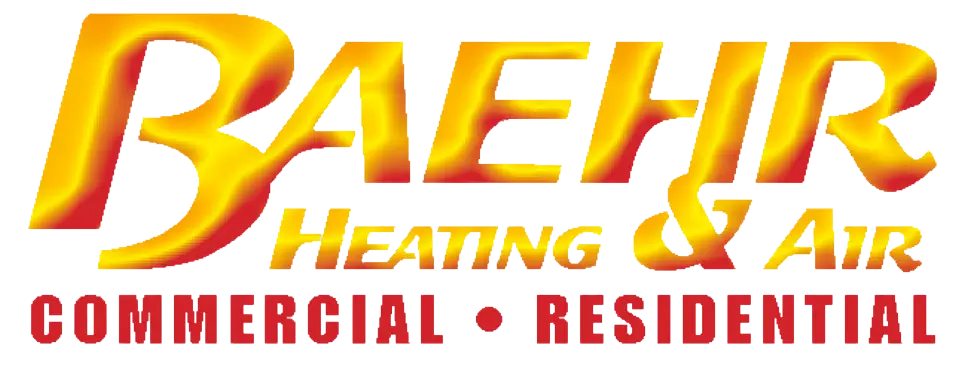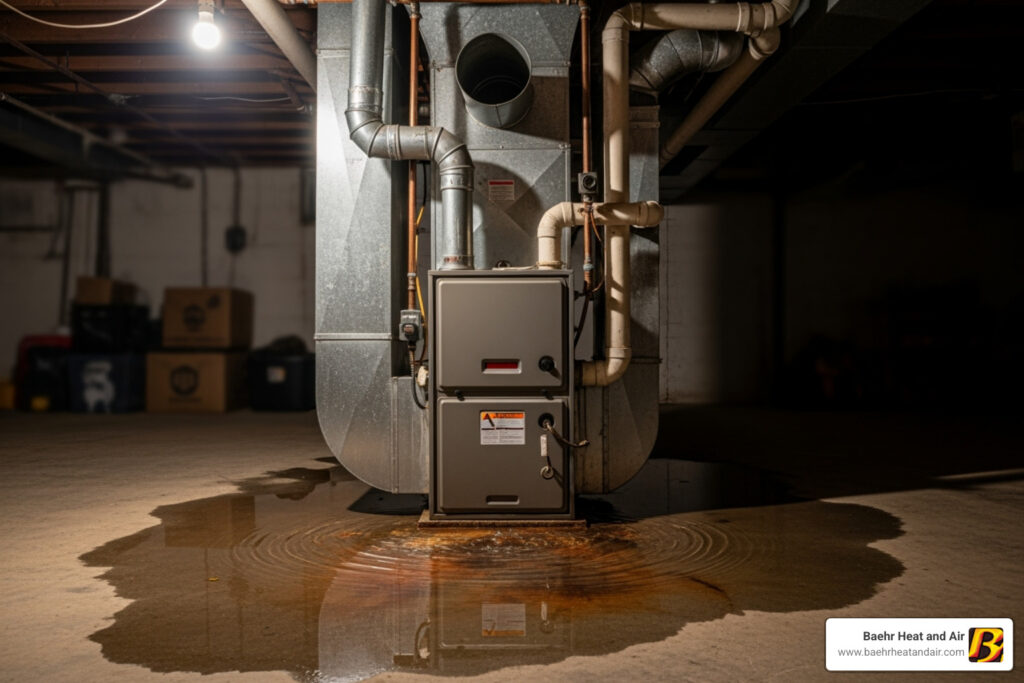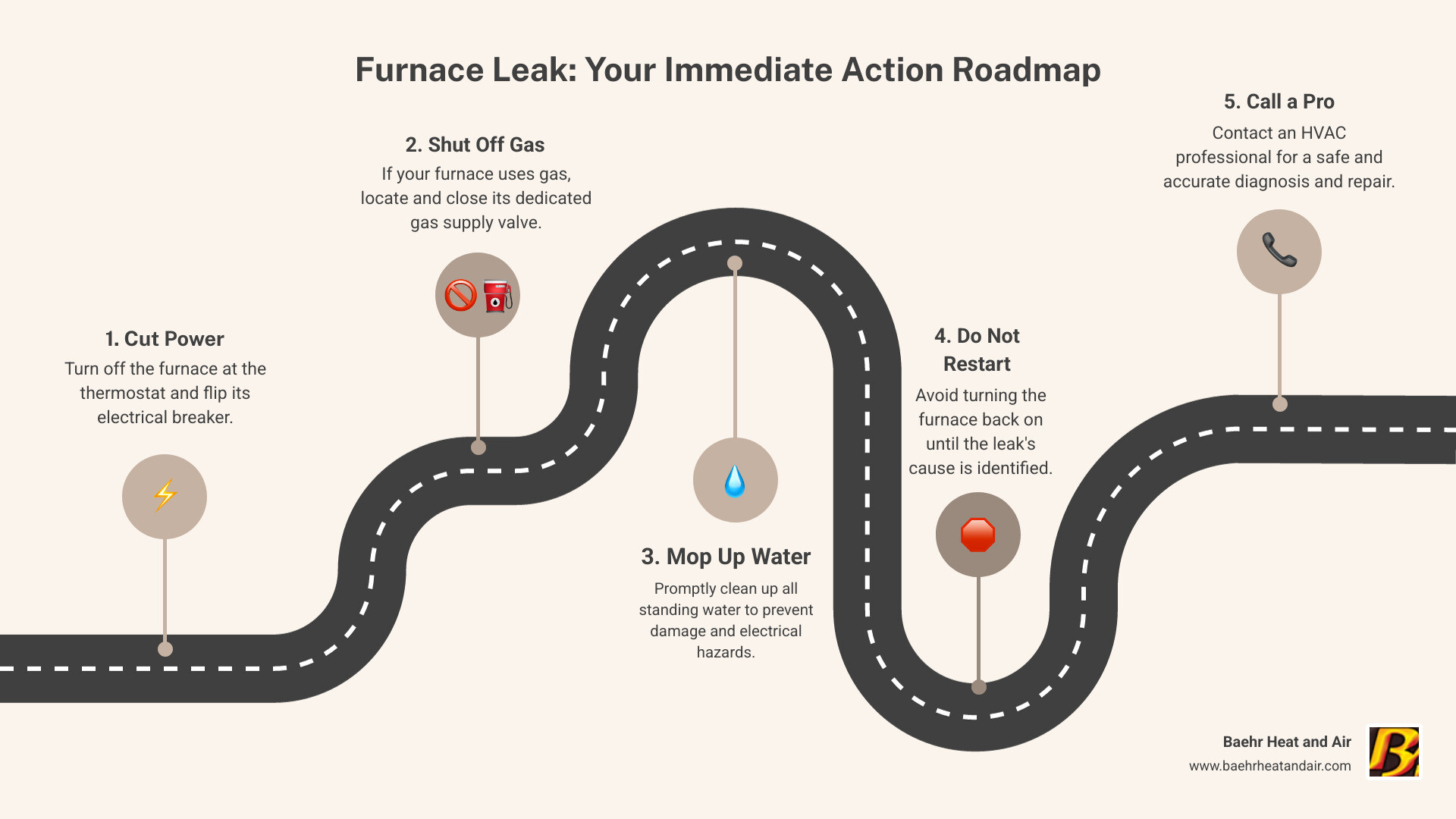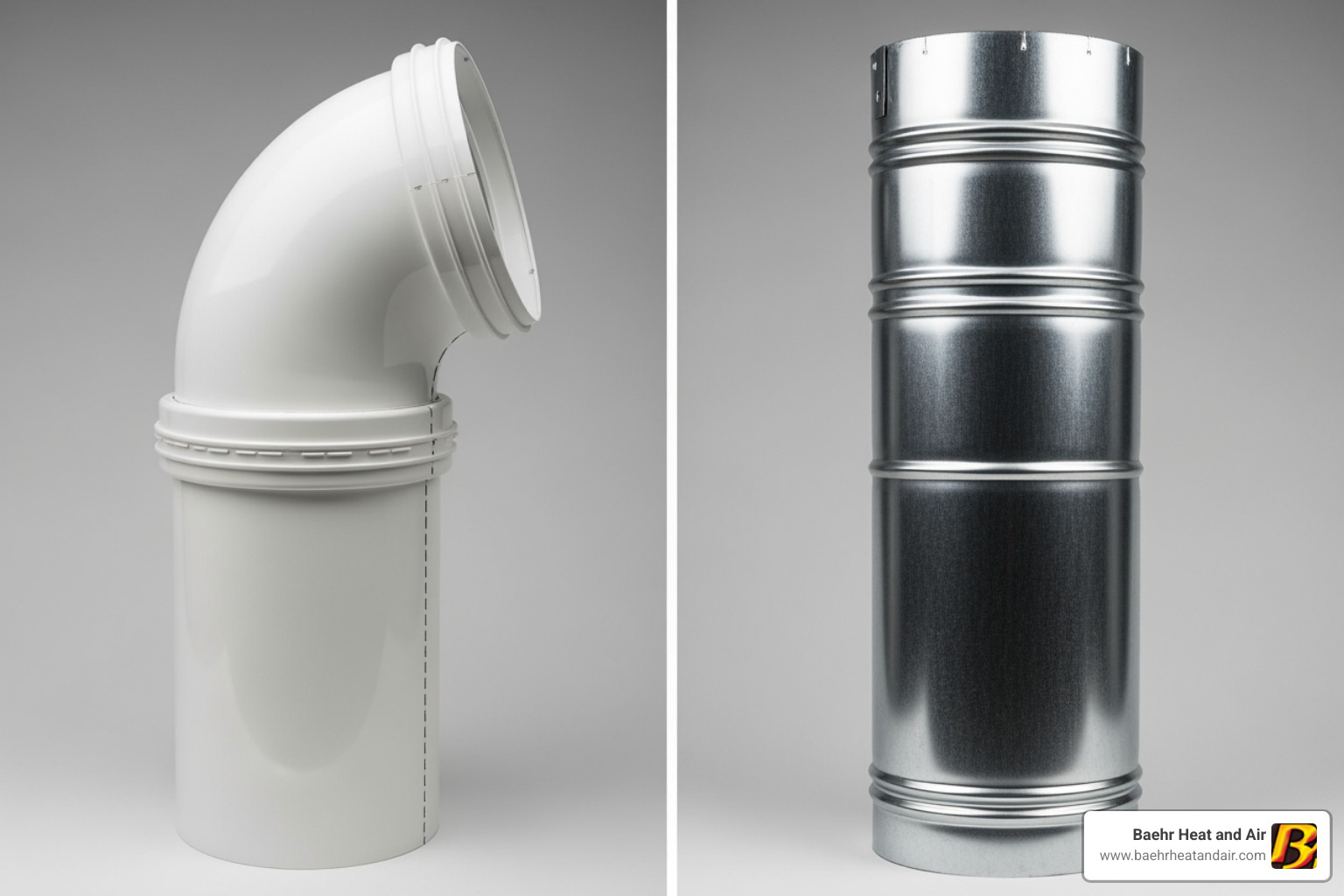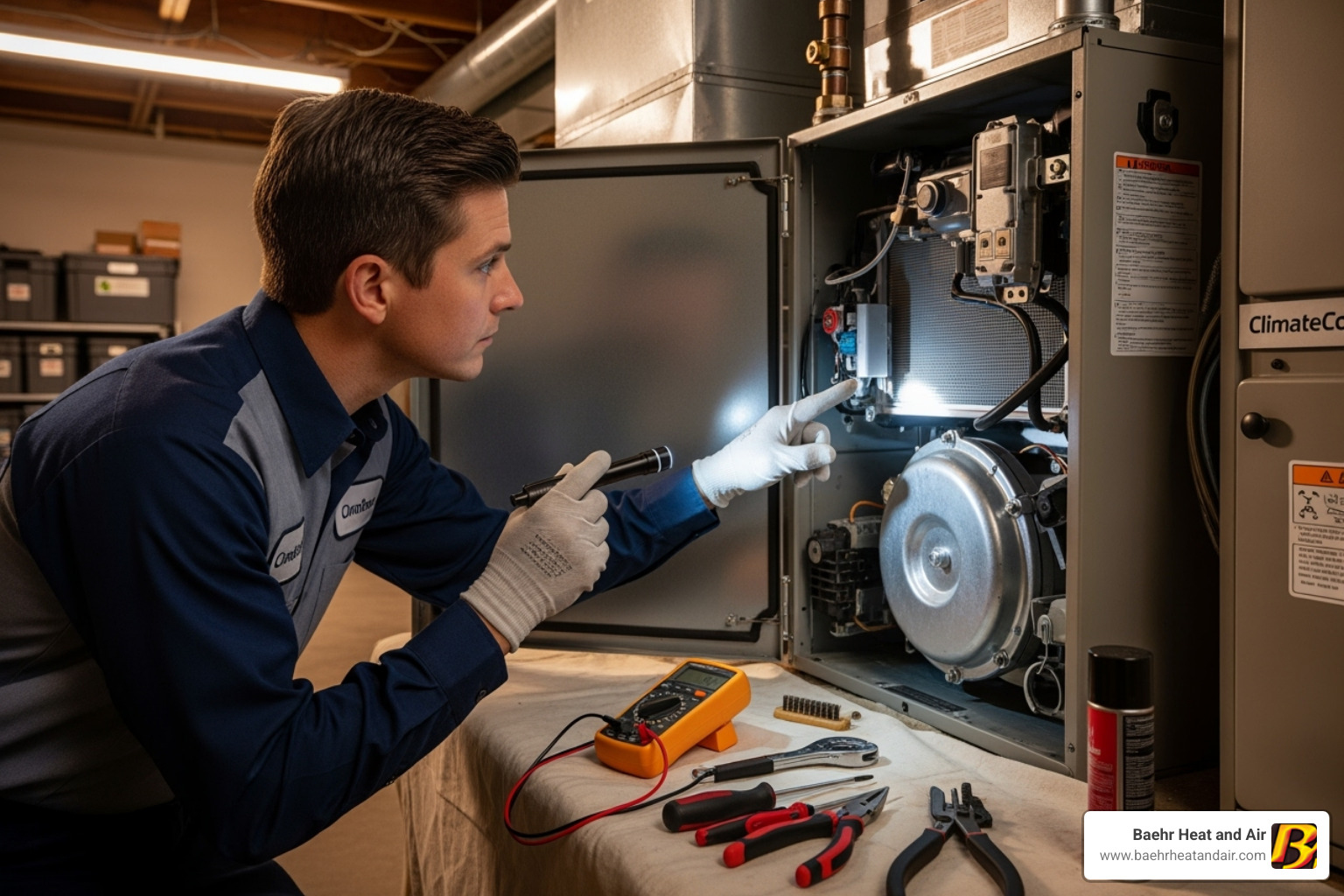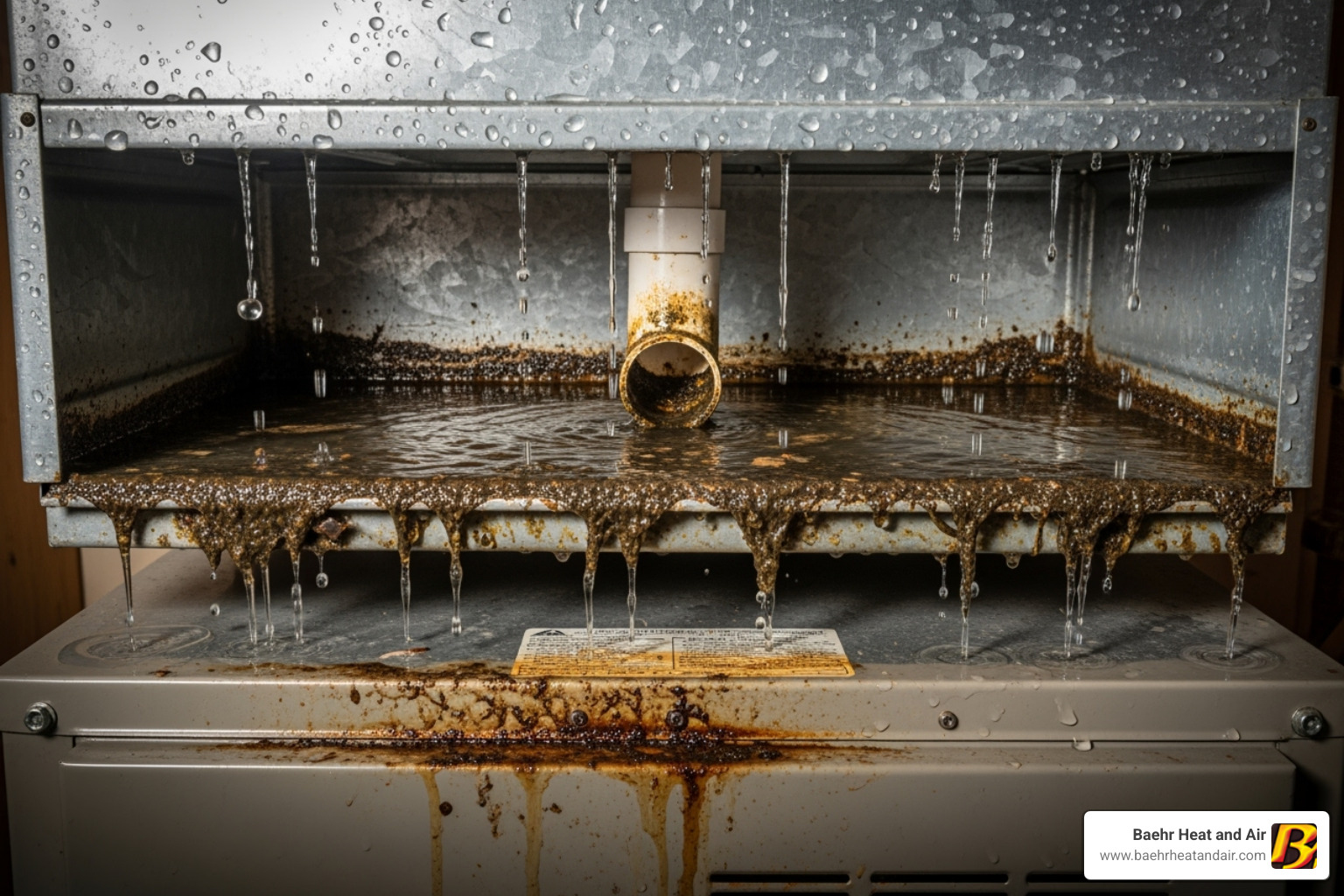When Your Furnace Starts Making Puddles
Furnace leaking water is one of those home issues that can make any homeowner’s heart skip a beat. You walk into your basement or utility room and there it is – a suspicious puddle around your heating system that definitely wasn’t there yesterday.
Here’s what you need to know right away:
Immediate Actions:
- Turn off your furnace at the thermostat and breaker
- Clean up the water to prevent damage and electrical hazards
- Call a professional if you’re unsure about the cause
Common Causes:
- High-efficiency furnaces: Clogged condensate drain, faulty pump, cracked components
- Standard-efficiency furnaces: Usually leaks from AC unit, humidifier, or other connected systems
- Both types: Clogged air filter, cracked heat exchanger, or plumbing issues
The good news? Most furnace leaks aren’t emergencies, but they do need attention. Water and electrical systems don’t mix well, and ignoring the problem can lead to expensive damage down the road.
In this guide, we’ll walk you through everything you need to diagnose your leak, understand what’s causing it, and know when it’s time to call in the pros. Whether you’re dealing with a high-efficiency condensing furnace or an older standard model, we’ve got you covered.
First Steps: What to Do When You Find a Furnace Leak
Finding a furnace leaking water can make your heart race, but taking the right steps immediately will keep you safe and prevent costly damage. Let’s walk through exactly what to do when you find that unwelcome puddle.
Safety always comes first. The moment you spot water around your furnace, your top priority is eliminating any electrical hazards. Water and electricity are a dangerous combination that can lead to serious injury or even death.
Head straight to your home’s electrical panel and turn off the circuit breaker that controls your furnace. Not sure which breaker it is? It’s safer to flip the main breaker for your entire home. Then, locate the dedicated power switch on your furnace unit or nearby wall and turn that off too.
If you have a gas furnace, your next step is shutting off the gas supply valve. Look for the gas line leading to your furnace – you’ll find a lever that should run perpendicular to the pipe when it’s in the “off” position. This eliminates any risk of gas leaks, especially important if the water leak has damaged internal components.
Now it’s time to mop up that water. Grab towels, a wet/dry vacuum, or whatever you have handy to remove all standing water around your furnace. This isn’t just about preventing property damage to your floors and walls – though water damage repairs can get expensive fast. Cleaning up also gives you a clear view to start figuring out where the leak is coming from.
With the area dry and power safely off, you can take a careful look around. Sometimes what looks like a furnace leaking water is actually your air conditioner or water heater causing the problem. If you suspect your AC might be the culprit, our guide on Troubleshooting AC Drainage Problems can help you understand what might be happening.
Here’s what we can’t stress enough: never attempt extensive DIY repairs on a leaking furnace. The risk of electrical shock or electrocution is real, and your safety is worth far more than any repair bill. If you can’t immediately identify an obvious, simple cause, it’s time to call in the professionals who have the tools and expertise to diagnose and fix the problem safely.
Identifying Your Furnace Type and Why It Matters
Think of this as detective work – before we can solve the mystery of your furnace leaking water, we need to know what kind of furnace we’re dealing with. It’s not just technical curiosity; different furnaces handle water in completely different ways, and this knowledge is your first clue to understanding what’s going wrong.
Here’s the thing: there are two main players in the home heating game, and they couldn’t be more different when it comes to water production.
High-efficiency furnaces are the overachievers of the heating world. These newer models squeeze every bit of heat they can from the combustion process using a clever secondary heat exchanger. But here’s where it gets interesting – this extra efficiency actually creates water as a normal part of operation. The exhaust gases cool down so much that water vapor condenses into actual liquid water. It’s supposed to happen! You can spot these units by their distinctive white PVC vent pipe that exits your home, and they typically boast an annual fuel utilization efficiency (AFUE) rating of 90% or higher.
Standard-efficiency furnaces take a more straightforward approach. These older models (usually 15+ years old) have just one heat exchanger and keep their exhaust gases hot enough that water vapor stays as vapor. They shouldn’t produce any water during normal operation. You’ll recognize them by their metal flue pipe and their AFUE ratings below 90%.
| Feature | High-Efficiency Furnace (Condensing) | Standard-Efficiency Furnace (Non-Condensing) |
|---|---|---|
| Water Production | Produces water (condensation) normally as a byproduct of operation. | Does NOT produce water normally. |
| Vent Type | Uses white PVC (plastic) pipes for venting. | Uses metal flue pipes for venting. |
| Common Leaks | Primarily from condensate drainage system (clogs, pump failure). | Primarily from external sources like AC, humidifier, or plumbing issues. |
| AFUE Rating | 90% or higher. | Below 90%. |
Why does this matter so much for your leak diagnosis? Well, if you have a standard-efficiency furnace and it’s producing water, we immediately know something’s wrong – either there’s an external source like your AC system or humidifier, or there’s a serious problem that needs professional attention.
If you have a high-efficiency unit, we know to focus our detective work on its condensate management system – the network of drains, pumps, and pipes designed to handle all that water it naturally produces.
This simple identification step can save you time, money, and unnecessary worry by pointing us in the right direction from the start.
Common Causes of a Furnace Leaking Water
Now that you know your furnace type, let’s explore why it might be leaking. Most furnace leaking water issues stem from either component failure or clogs and blockages. Many are fixable, but some require immediate professional help. Water leaks are one of the most Common Heater Repair Problems we encounter.
Why Your High-Efficiency Furnace is Leaking Water in Winter
High-efficiency furnaces produce condensation as a normal part of operation. The problem isn’t the water itself, but when it can’t drain properly. Common culprits include:
- A clogged condensate drain line or trap, where algae and debris cause water to back up and overflow.
- A malfunctioning condensate pump, which can fail or have a stuck float switch, leaving water with nowhere to go.
- A cracked inducer assembly, a serious issue that can leak water and dangerous carbon monoxide gas. This requires immediate professional Furnace Repair.
Understanding a Furnace Leaking Water When the AC Is On
Sometimes, the leak isn’t from your furnace at all. Your AC system often shares drainage with the furnace, so a problem with the AC can look like a furnace leak, especially during warmer months in Grass Valley, Nevada City, and North Auburn.
If you only see water when the AC is on, look for these AC-related issues:
- A clogged AC condensate line, which causes the drain pan to overflow.
- A frozen evaporator coil, often due to restricted airflow, which produces excess water when it thaws.
- A cracked or rusted drain pan that allows water to drip through.
Our guide on AC Condensate Drain Line Clogs can provide more insight.
Other Widespread Furnace Leak Culprits
A few other issues can cause water to pool around your furnace:
- Clogged air filter: This restricts airflow, causing the AC coil to freeze and then create excess water when it melts. Change your filter regularly.
- Whole-house humidifier leaks: These units have their own water lines that can crack or clog, leaking water onto the furnace area.
- Cracked heat exchanger: This is the most serious cause. It can leak water vapor from combustion and, more dangerously, carbon monoxide into your home. This is an emergency that requires immediate professional service, like our Furnace Repair Grass Valley CA.
- Poorly fitted exhaust pipe: On standard-efficiency furnaces, an improperly sloped metal flue can cause condensation to form and leak.
The Dangers of Ignoring a Leaking Furnace
A small puddle from a furnace leaking water might seem like a minor issue, but ignoring it can lead to serious and expensive consequences. The problem gets worse the longer you wait.
The most immediate threat is water damage to your flooring, drywall, and stored items. This moisture also creates a perfect breeding ground for mold and mildew, which can cause mould growth and spread through your home’s air system, triggering allergies and respiratory issues. Addressing these threats is a key part of our Indoor Air Quality Grass Valley CA services.
Water and electricity are a dangerous mix. A leak can cause electrical shorts in your furnace’s components, leading to system failure or even a fire hazard. Over time, moisture also causes corrosion and rust, which can destroy critical parts like the blower motor and burners. This damage forces your furnace to work harder, increasing energy bills and eventually leading to complete system failure.
Most importantly, a leak can be a symptom of a cracked heat exchanger. This poses a serious carbon monoxide risk, as the odorless, deadly gas can enter your home’s air supply.
The bottom line is that a furnace leak is never just a small problem. Promptly addressing it protects your equipment, your home, and your family’s health.
Prevention and When to Call a Professional
Think of preventing a furnace leaking water like taking care of your car – a little regular maintenance goes a long way toward avoiding those expensive roadside breakdowns. The good news is that most furnace leaks are completely preventable with some simple habits and knowing when it’s time to bring in the professionals.
Check and change your filter regularly – this single step prevents more furnace problems than almost anything else you can do. A clogged filter doesn’t just make your system work harder; it can cause those expensive frozen coil situations that lead to water everywhere. We tell our customers to peek at their filter every month and swap it out at least every three months. Got pets or smokers in the house? You might need to change it every 30-60 days.
Keep an eye on your drain line if you have a high-efficiency furnace. Take a quick look at that white PVC pipe occasionally – you’re watching for obvious clogs, kinks, or that telltale slimy buildup that screams “algae party!” Sometimes you can clear minor clogs with a cup of distilled vinegar, but check your owner’s manual first.
Make sure your vents aren’t playing hide-and-seek behind furniture or buried under piles of laundry. Your system needs to breathe properly to work efficiently. And if you’ve got a whole-house humidifier attached to your furnace, don’t forget about it – these units need regular cleaning and their water lines checked for leaks.
Here’s your simple preventative maintenance checklist:
- Check/change filter monthly (replace every 3 months minimum)
- Inspect drain line for clogs or buildup
- Keep all vents clear and unobstructed
- Maintain humidifier according to manufacturer schedule
While these DIY steps are fantastic, nothing beats having a professional tune-up once a year. We can spot the sneaky problems before they turn into those middle-of-winter emergencies. During our visits, we clean out condensate lines, test pumps, inspect heat exchangers for cracks, and make sure everything’s running safely and efficiently.
Our Essential HVAC Maintenance Tips and HVAC Maintenance Plan Grass Valley CA can help you stay ahead of problems year-round.
When should you call us instead of trying to fix it yourself? If you can’t figure out where the water’s coming from, that’s our cue. Same goes if you’ve tried the basic troubleshooting and you’re still finding puddles.
Any suspicion of a cracked heat exchanger means drop everything and call immediately – this isn’t just about water damage anymore, it’s about carbon monoxide safety. Weird noises like grinding, screeching, or banging? That’s your furnace’s way of crying for help. Rust or corrosion on components means water’s been hanging around too long.
If your condensate pump has given up the ghost or you’re just not comfortable poking around inside your furnace, that’s perfectly reasonable. Complex repairs involving electrical components, gas lines, or internal parts should always be handled by trained professionals who have the right tools and expertise to keep you safe.
The bottom line? Trust your instincts. If something feels beyond your comfort zone or the problem keeps coming back, we’re here to help you get it sorted out properly.
Frequently Asked Questions about Furnace Leaks
We’ve helped countless homeowners in Grass Valley, Nevada City, and North Auburn deal with furnace leaking water. Here are the questions we hear most often.
Is it normal for a furnace to drain water?
It depends on your furnace type. For a high-efficiency (condensing) furnace with white PVC pipes, yes, producing water is a normal sign of efficient operation. However, that water should drain away unseen. If you see water pooling, there’s a drainage problem like a clog or pump failure.
For a standard-efficiency furnace with a metal flue, no, it should not produce water. A leak here indicates a problem with an attached AC unit, a humidifier, or a serious issue with the furnace itself.
Why is my furnace leaking water only when the heat is on?
This timing points directly to the heating process.
For a high-efficiency furnace, it almost always means the condensate drainage system is clogged, blocked, or the pump has failed, causing the water produced during heating to overflow.
For a standard-efficiency furnace, this is more serious. It could mean the flue pipe is improperly sized or sloped, causing exhaust to condense. The most dangerous cause is a failing heat exchanger, which can leak combustion byproducts (including water vapor) and carbon monoxide into your home. This requires immediate professional attention.
How often should I change my furnace filter to prevent problems?
To prevent many issues, including some that cause a furnace leaking water, you should check your filter monthly and replace it at least every three months.
If you have pets, smokers, or family members with allergies, you should change it more often, likely every 30-60 days. A clogged filter restricts airflow, which can cause your AC’s evaporator coil to freeze. When the ice melts, it can overwhelm the drain pan and create a leak that appears to come from the furnace. Regular filter changes keep your system running efficiently and help prevent these costly water-related problems.
Don’t Let a Leak Dampen Your Day
Nobody wants to find their furnace leaking water, but as we’ve walked through together, it doesn’t have to ruin your day. Understanding what’s behind that unwelcome puddle puts you back in control of the situation.
Whether you’re dealing with a clogged condensate drain in your high-efficiency furnace, an overflowing AC drain pan that’s making a mess above your heating system, or something more concerning like a cracked heat exchanger, knowing the potential causes helps you take the right next steps. The key is proper diagnosis – and that starts with understanding your furnace type and what’s normal for your system.
Safety first, always. We can’t stress this enough. Turn off that power at the breaker, shut off the gas if needed, and get that water cleaned up before you do anything else. Your safety is worth more than any repair bill.
Some issues really can be simple fixes. Changing a dirty air filter or clearing a visible clog in your condensate line might be all it takes to solve the problem. But let’s be honest – many furnace leaks need the trained eye and specialized tools that only professional HVAC technicians can provide.
When you’re facing complex repairs or you’re just not sure what you’re looking at, that’s when professional help becomes crucial. At Baehr Heat and Air, we’ve been helping homeowners throughout Grass Valley, Nevada City, and North Auburn, CA tackle these exact problems. We believe in delivering clear, honest service with state-of-the-art solutions that focus on quality and trust – all while helping you save money for lasting home comfort.
Don’t let a small leak turn into a big headache. Water damage, mold growth, and system failures are all preventable when you address the issue promptly. If your furnace is leaking water and you need reliable, expert help, we’re here for you.
Call Our Professionals for Furnace Repair!

